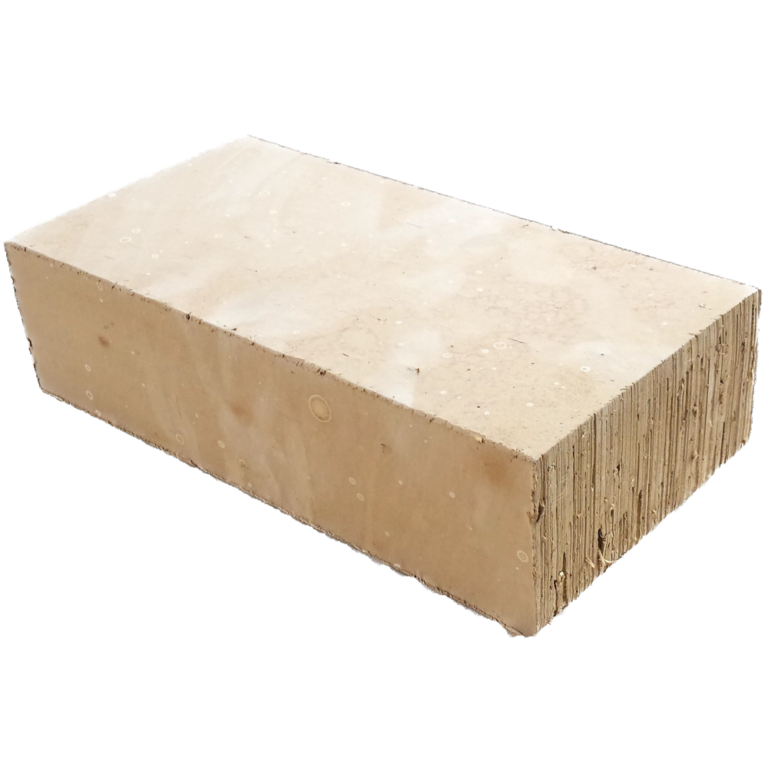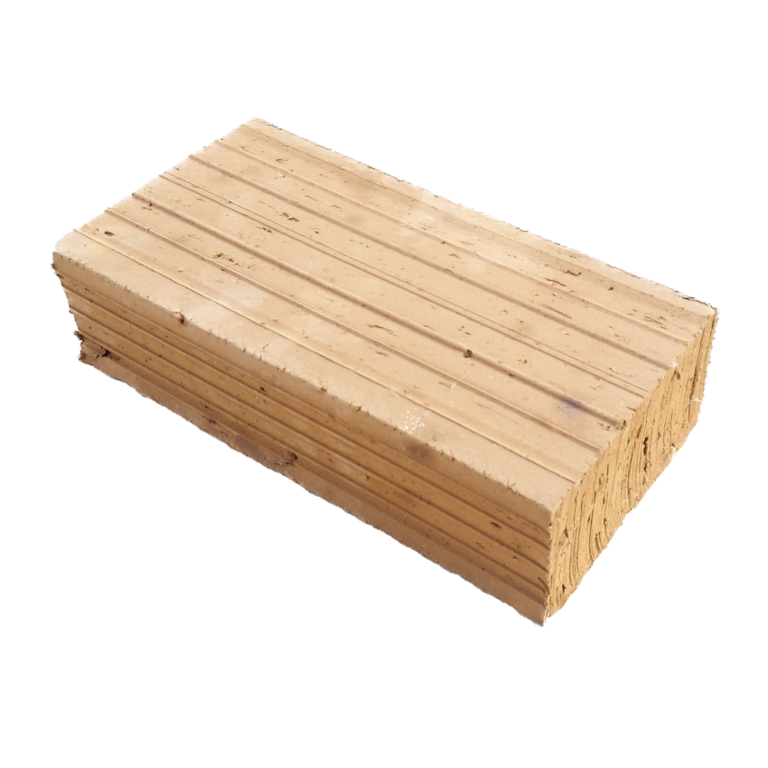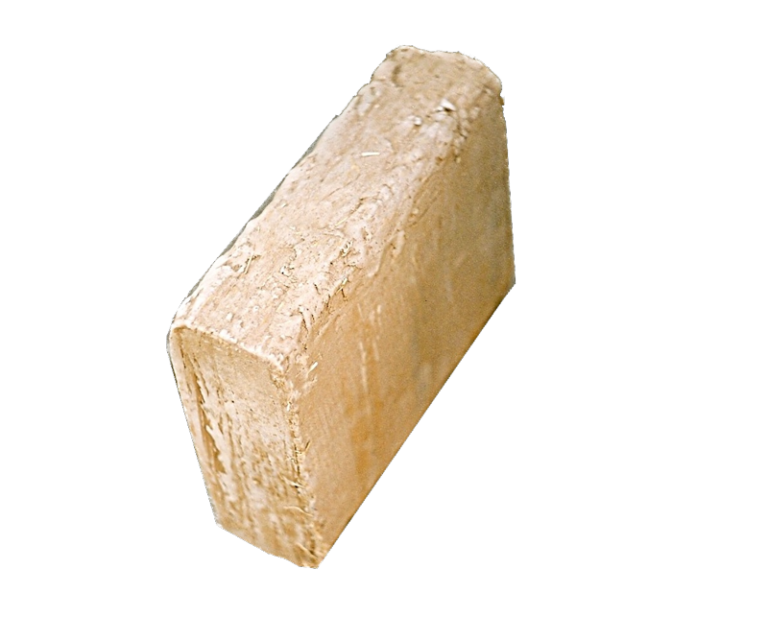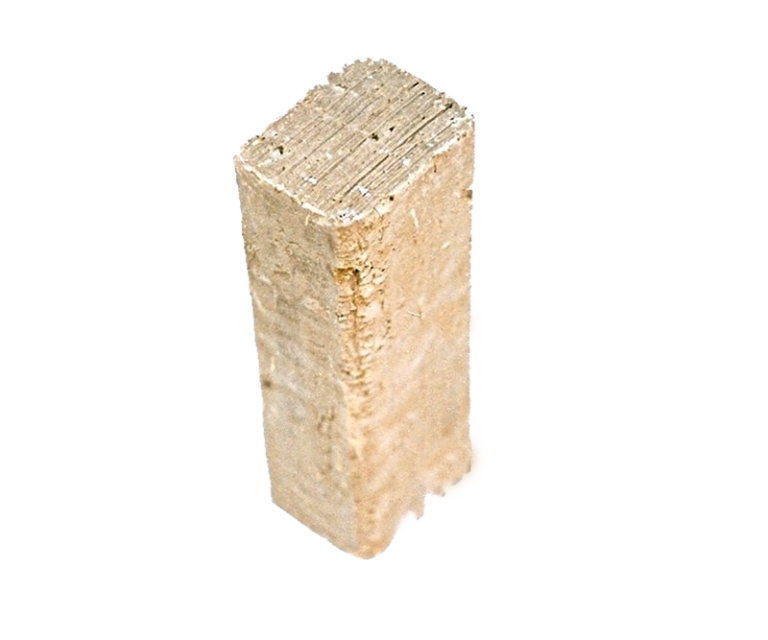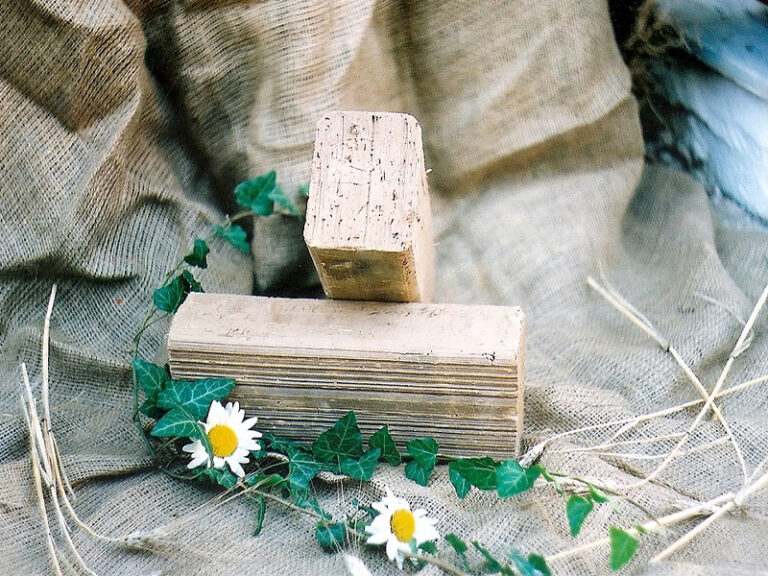The plinth is an alternative building material compared to the classic ones (optical plinths, cement blocks, etc.). It is completely natural, consisting of sand, clay and water, while in some cases, in order to improve mechanical strength, the addition of fibrous or organic materials (e.g. straw) is possible.In recent years it has been widely used in the construction of modern bioclimatic buildings, in response to the demand for more ecological and environmentally friendly building materials. In addition, the modern use of plinth also lies in the many benefits that accompany it, mainly environmental and economic. Below is a list of advantages over conventional building materials:
Interest economics:
- Low production cost due to absence of firing (baking)
- Absence of binding material
- Lower costs to maintain sustainable indoor conditions (heating and cooling)
Environmentally sustainable:
- Fully recyclable material
- Natural regulation of temperature (cool in the summer, warm in the winter due to the high thermal capacity of the bricks) and humidity of the brick structures result in low energy consumption during their use
- Lower carbon footprint during their production compared to other classic building materials (optical bricks, cement blocks, etc.)
Hygienic:
- Natural material with zero presence of toxic additives
- They do not emit harmful gases during their lifetime
- Natural balancing of moisture within the scapular structures reduces associated disease/symptoms
Durable:
- Moisture resistance
- Fire resistance
- Protection from noise pollution
- Resistance to insects
Disadvantages:
- Vulnerable to weathering. External covering with materials that provide protection against weather conditions is necessary.
- Limitation in finding craftsmen for the construction of shoulder blocks
- Need for suitable raw material


